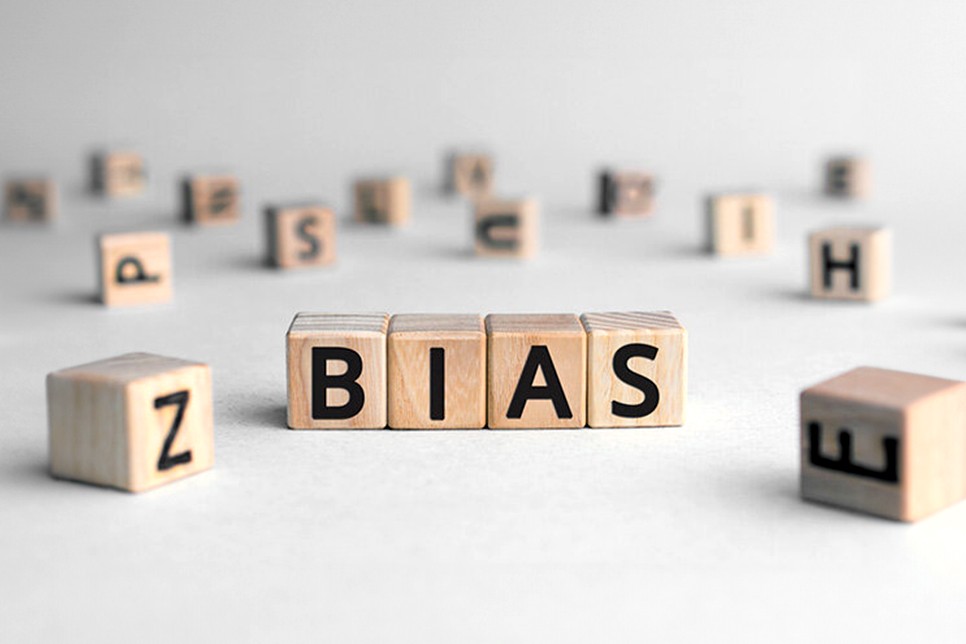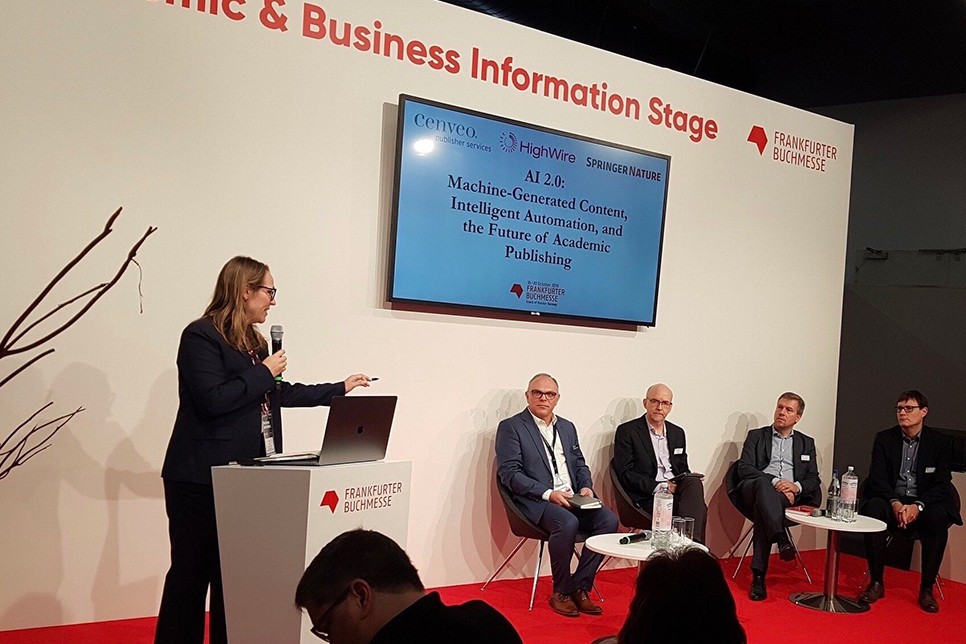
Last week, a group of 30 epidemic modeling specialists going by the name of ‘the Imperial College COVID-19 Response Team’ released a 20-page document highlighting several stark truths about the strategies being deployed by the US and UK governments as they confronted the unprecedented challenges of the rampant global COVID-19 pandemic.

In October, the United States Supreme Court handed down an order stating that it would not take up a plea from Domino’s pizza chain to reverse a decision in the U.S. 9th Circuit Court of Appeals stating that the company must make its website accessible to people with disabilities.

During the Frankfurt Book Fair, we teamed up with Springer Nature to host a panel debate entitled “AI 2.0: Machine-Generated Content, Intelligent Automation, and the Future of Academic Publishing” in which speakers from KGL (Cenveo at the time), HighWire Press, and Springer Nature explored ways in which publishers are implementing artificial intelligence and machine learning.

Every year at the Frankfurt Book Fair, there is a buzzword or phrase that continues to pop up on panels, in articles, and in conversations and meetings. In the past, we have seen ‘big data’ and ‘blockchain’ dominate the headlines, but this year’s buzz word (or acronym) was ‘AI,’ as publishers, information professionals, service providers, and the media debated how this technology can be used in the industry.

Over the course of the last five years, AI, natural language processing (NLP), and machine learning (ML) have been much talked about, as well as trialed and tested, in the publishing industry. These technologies are often the focus of panel discussions at conferences such as this one, discussions that have illustrated how AI could be used for a variety of purposes: discovery, peer review, bestseller predictions, and, perhaps most importantly, improving publisher efficiency.

In recent years, Alt Text—a contextual description that conveys information on the appearance and function of an image or graphic in digital content—has become a hot topic for publishers. A common practice in education publishing where accessibility standards come in to play, there has been a wider awakening regarding the art and benefits of applying effective Alt Text for publishers and authors, particularly in the STM domain.

With the onset of digital publishing, researchers and publishers have had the opportunity not just to provide footnotes or a bibliography but to include links back to source material. By making that information more accessible, challenging or verifying research findings has become easier. But, linking alone is not enough as links can break and there is no uniform style or requirement which publishers must adhere to.

In recent years, the publishing industry has gone through a much-needed period of introspection with regard to how diversity and inclusivity are reflected, in both its workforce and output.

Recently we teamed up with Publishing Executive magazine to host an informative and enlightening webinar entitled “How Artificial Intelligence and Natural Language Processing Can Increase the Speed and Quality of Publishing”, which explored current use cases and future applications of AI and NLP.










